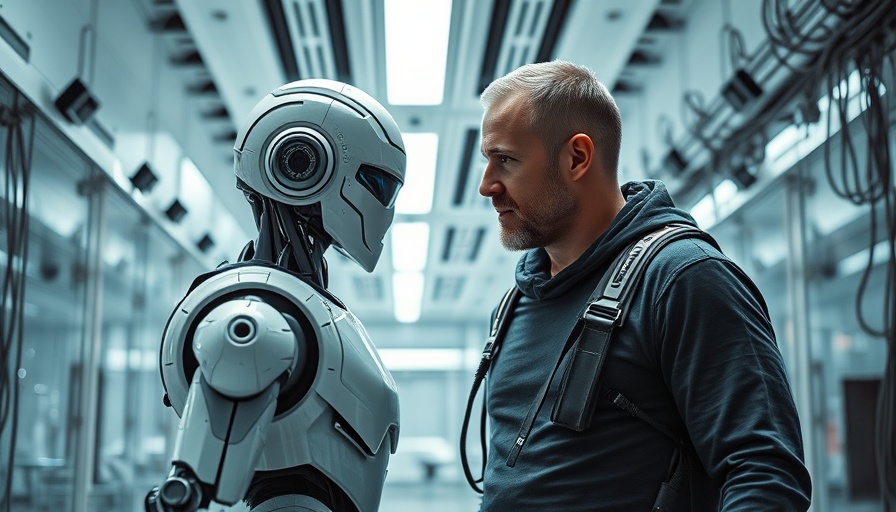
AI First: A Human-Centric Approach to Innovation
The concept of an 'AI First' strategy has gained immense traction among Silicon Valley investors and entrepreneurs. Yet, it raises a critical question: does AI First mean replacing people? In a thought-provoking analysis by Tim O'Reilly, this concept is redefined to celebrate human augmentation through AI rather than job displacement.
In 'Does AI First Mean Replacing People?', the discussion dives into Tim O'Reilly's perspective on AI's role in augmenting rather than replacing human work, prompting further analysis on its implications.
Understanding the Shift: From Replacement to Augmentation
O'Reilly expresses alarm over the pervasive sentiment that AI's role is to reduce workforce costs by eliminating jobs. He advocates for a more ethical and practical approach—using AI to enhance human capabilities, thereby allowing workers to tackle challenges that were previously insurmountable. In his view, the narrative surrounding AI should focus on its potential to create opportunities rather than merely serving as a tool for efficiency that sacrifices human jobs.
Real-Life Applications of AI Integration
As businesses grapple with integrating AI seamlessly into their workflows, O'Reilly shares illustrative examples from his organization. By employing AI for translations into multiple languages, they have made technical learning accessible to non-English speakers—a previously unattainable goal. Furthermore, the blending of AI capabilities with the expertise of content creators leads to richer user experiences, expanding both product offerings and customer engagement.
The Evolution of User Interfaces and Customer Expectations
The transition from traditional user interfaces to AI-powered interactions marks a significant leap in how businesses engage with consumers. O'Reilly highlights how AI technologies allow for more natural interactions, as customers can pose complex inquiries and receive contextually relevant responses. This evolution demands that organizations pivot from simply employing AI to enhance existing processes to reimagining their entire approach to user engagement.
Beyond Efficiency: Fostering Innovation and Opportunity
One of the critical themes emerging from O'Reilly's discussion is the distinction between treating AI as a mere cost-cutting measure versus a catalyst for innovation. The latter perspective urges businesses to explore novel ways to create value and enhance services. Firms that rely solely on AI for labor cost reduction may find themselves outpaced by those that emphasize opportunity-driven strategies, ultimately leading to superior products and services.
Equipping Employees for the Future
As AI tools change the landscape of work, it's crucial for organizations to consider the future roles of their employees. Companies must invest in retraining and redeploying staff instead of discarding them. The potential for AI to take over certain tasks does not diminish the need for human insight and creativity; rather, it calls for an evolved skill set that complements AI capabilities, promoting a more collaborative coexistence.
Conclusion: Embracing an AI-Forward Future
The conversation surrounding 'AI First' invites a reevaluation of technology's role in the workplace. By taking an opportunity-oriented approach, companies can leverage the potential of AI to enrich human interactions and drive innovation. As O'Reilly suggests, we have the agency to shape how technology serves us, ultimately enhancing our collective experience in the workplace. The challenge lies in steering this technological evolution towards creating and empowering job opportunities rather than diminishing them. Business owners should recognize this potential and START USING AI NOW to unlock new paths for growth and innovation.
 Add Row
Add Row  Add
Add 




Write A Comment